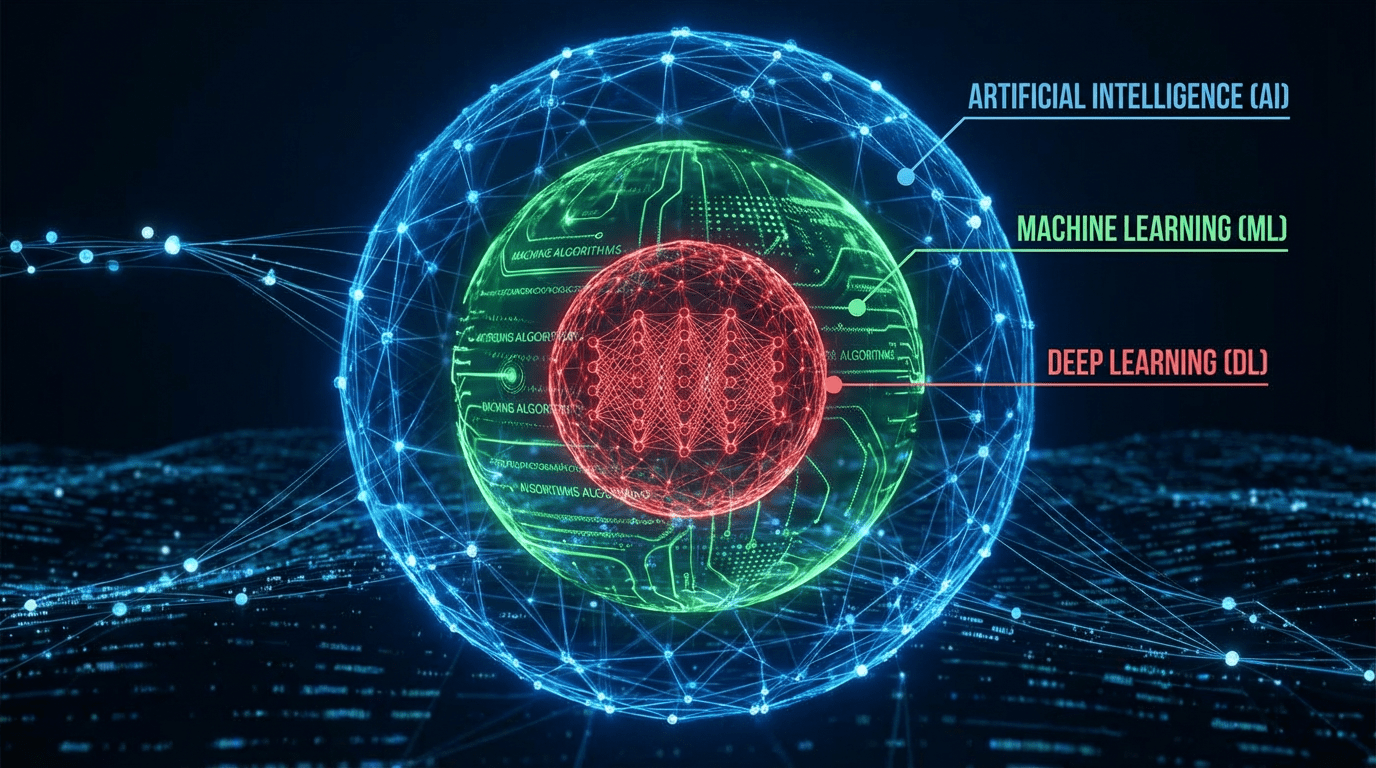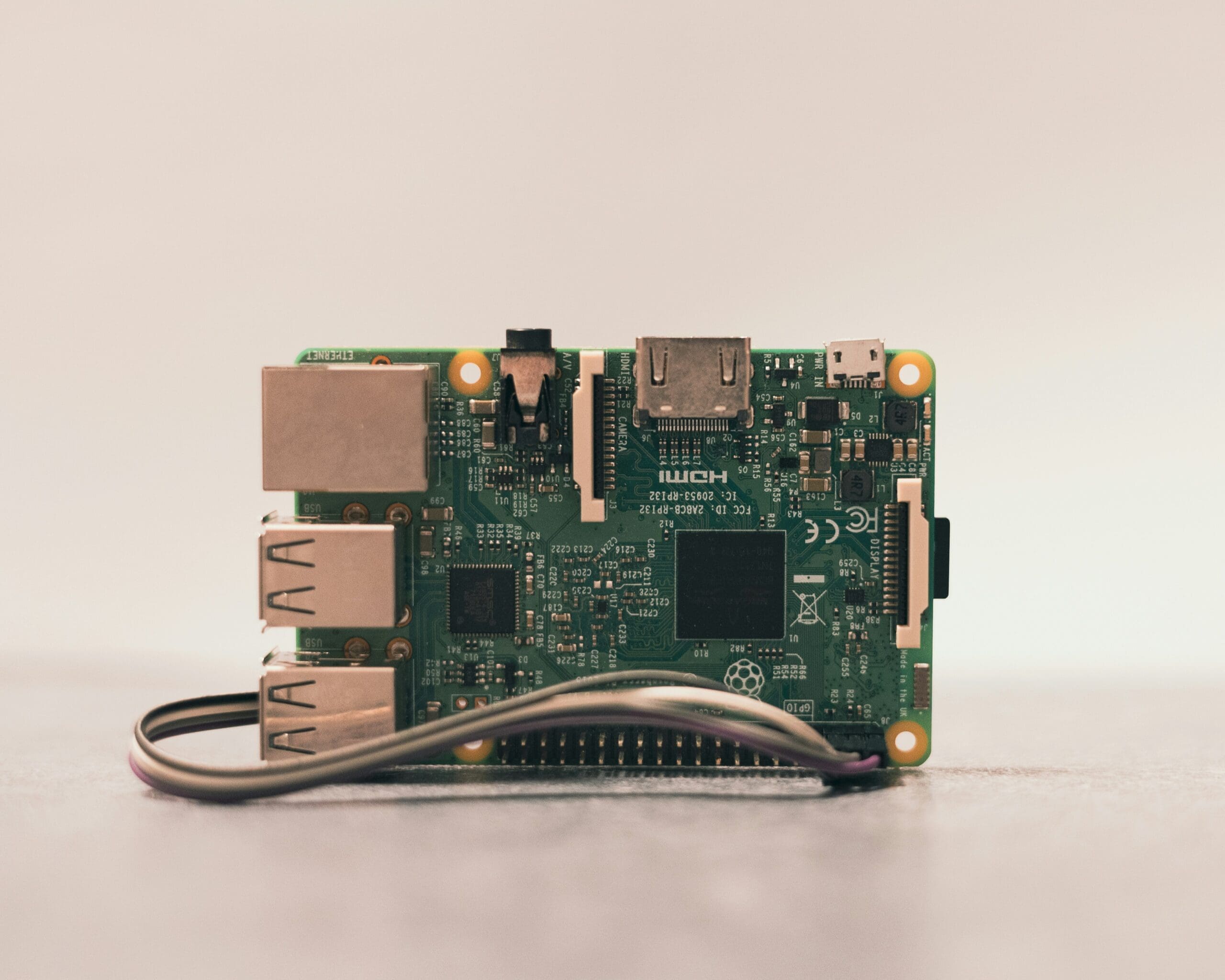Data preprocessing is a crucial step in the data analysis pipeline that significantly impacts the quality and effectiveness of any data-driven project. Before any meaningful analysis, modeling, or mining can take place, raw data must be cleaned, transformed, and prepared to ensure accuracy and reliability. One of the most essential parts of data preprocessing is data cleaning, which focuses on correcting errors, handling missing values, and ensuring consistency in the dataset.
Data cleaning is often considered the most time-consuming aspect of data science, yet it is vital because poor data quality can lead to misleading insights and incorrect conclusions. Inaccurate, incomplete, or inconsistent data can distort the results of even the most sophisticated algorithms, making data cleaning an indispensable process for data scientists, analysts, and anyone working with data. In this guide, we will explore the importance of data cleaning, common data quality issues, and various techniques used to clean data effectively.
Why Data Cleaning is Important?
Data cleaning is critical for several reasons, as it directly influences the quality of the insights derived from the data:
- Improving Data Quality: The primary goal of data cleaning is to enhance the quality of the data by correcting errors, filling in missing information, and removing inconsistencies. High-quality data is accurate, complete, and reliable, making it suitable for analysis and decision-making.
- Enhancing Model Accuracy: Clean data helps improve the performance of machine learning models and statistical analyses. Models trained on clean, well-prepared data are more likely to produce accurate predictions and insights, reducing the risk of errors in the decision-making process.
- Reducing Data Processing Time: Clean data requires fewer resources to process, reducing computational time and costs. Data cleaning streamlines the analysis process, making it more efficient and less prone to delays caused by data quality issues.
- Supporting Better Decision-Making: Clean data provides a solid foundation for making informed decisions. Whether it’s identifying customer trends, predicting market behavior, or optimizing business operations, clean data ensures that the insights gained are trustworthy and actionable.
- Ensuring Compliance: In many industries, maintaining clean and accurate data is not just a best practice—it’s a regulatory requirement. Ensuring data quality helps organizations comply with legal standards, avoid penalties, and maintain their reputation.
Common Data Quality Issues
Data cleaning addresses various data quality issues that can affect the integrity and usability of a dataset. Understanding these common problems is the first step in developing effective cleaning strategies:
- Missing Data: Missing values are one of the most prevalent issues in datasets. They can occur due to data entry errors, system failures, or incomplete data collection processes. Missing data can distort analysis results, especially if the missing values are not random.
- Duplicates: Duplicate entries are multiple occurrences of the same data point in a dataset. They can result from data integration, repeated measurements, or data entry errors. Duplicates can skew results and inflate the importance of certain observations.
- Inconsistent Data: Inconsistent data occurs when the same data is recorded in different formats or units. For example, dates might be formatted differently (e.g., MM/DD/YYYY vs. DD/MM/YYYY), or numerical values might use different units (e.g., meters vs. feet). Inconsistencies can lead to confusion and errors in analysis.
- Outliers: Outliers are extreme values that differ significantly from the rest of the data. They can be caused by data entry errors, measurement inaccuracies, or genuine anomalies. Outliers can distort statistical measures, such as the mean and standard deviation, impacting the overall analysis.
- Incorrect Data: Incorrect data refers to values that are simply wrong, such as negative ages, impossible dates (e.g., February 30th), or invalid categorical entries. Incorrect data can mislead analysis and lead to erroneous conclusions.
- Noise: Noise refers to random errors or variability in data that do not represent true signal or meaningful information. Noise can be introduced through measurement errors, sensor malfunctions, or irrelevant data. Removing noise helps clarify the true patterns in the data.
Techniques for Data Cleaning
Data cleaning involves a variety of techniques tailored to address the specific data quality issues present in a dataset. Below are some common techniques used to clean data effectively:
1. Handling Missing Data
Missing data is a common problem that can be addressed using various methods, depending on the nature of the missingness and the type of data:
- Deletion: One straightforward approach is to delete rows or columns that contain missing values. This method is suitable when the amount of missing data is small and does not significantly affect the dataset. However, deleting data can lead to loss of valuable information, especially in smaller datasets.
- Imputation: Imputation involves replacing missing values with estimates based on other available data. Common imputation methods include:
- Mean/Median Imputation: Replacing missing numerical values with the mean or median of the column. Median imputation is preferred when the data is skewed or contains outliers.
- Mode Imputation: For categorical data, missing values can be replaced with the mode (most frequent value).
- Interpolation: Estimating missing values based on surrounding data points, commonly used in time-series data.
- K-Nearest Neighbors (KNN) Imputation: Using the values of the nearest neighbors to estimate missing data points, considering both numerical and categorical data.
- Predictive Modeling: Advanced techniques, such as regression or machine learning models, can predict missing values based on the relationships within the data. This approach can be more accurate but requires careful implementation to avoid introducing biases.
2. Removing Duplicates
Duplicates can be identified and removed using various methods, such as:
- Exact Matching: Identifying duplicate rows that are identical across all columns. Tools like Excel, Python (using Pandas), and SQL can be used to detect and remove exact duplicates easily.
- Fuzzy Matching: For duplicates that are not exact matches but are similar, fuzzy matching algorithms (e.g., Levenshtein distance) can be used to identify and merge similar records, especially in text data.
3. Resolving Inconsistencies
Data inconsistencies can be addressed by standardizing formats and units across the dataset:
- Standardizing Formats: Ensuring that dates, numerical values, and text are consistently formatted throughout the dataset. For example, converting all dates to a common format (e.g., YYYY-MM-DD) or ensuring numerical values are in the same unit of measurement.
- Normalizing Text: Cleaning and standardizing text data by removing extra spaces, correcting capitalization, and resolving common spelling variations. This process helps ensure uniformity in categorical data.
4. Handling Outliers
Outliers can be managed in several ways, depending on whether they represent errors or meaningful variations:
- Capping or Trimming: Limiting the values of outliers to a specified range or removing them altogether. This method is useful when outliers are due to errors or do not provide valuable information.
- Transformation: Applying mathematical transformations (e.g., logarithmic or square root) to reduce the impact of extreme values on the analysis.
- Robust Statistical Methods: Using statistical measures less sensitive to outliers, such as the median or interquartile range (IQR), instead of the mean or standard deviation.
5. Correcting Incorrect Data
Incorrect data can be corrected through validation checks and cross-referencing with external sources:
- Validation Rules: Implementing rules that check data for logical consistency (e.g., ages must be positive, dates must exist). Validation can be automated using software tools and scripting languages.
- Cross-Referencing: Comparing data entries against reliable external sources or databases to verify accuracy. For example, checking postal codes against an official list to ensure they are valid.
Advanced Data Cleaning Techniques
While basic data cleaning techniques are essential, dealing with complex datasets often requires more advanced methods to ensure data quality. These techniques are particularly useful when working with large, diverse, or highly variable data. Understanding and applying these advanced methods can significantly improve the accuracy and reliability of your data analysis.
1. Advanced Imputation Techniques
For datasets with extensive missing data, simple imputation methods like mean or median replacement may not be sufficient. Advanced imputation techniques use more sophisticated algorithms to estimate missing values, often providing better accuracy.
- Multiple Imputation: Instead of filling in missing values with a single estimate, multiple imputation creates several imputed datasets, each with different plausible values for the missing data. Statistical analysis is then performed on each dataset, and the results are combined to produce a final estimate. This approach accounts for the uncertainty in the missing data, providing more robust results.
- Expectation-Maximization (EM) Algorithm: The EM algorithm iteratively estimates missing values by modeling the data’s underlying distribution. This method alternates between estimating missing data (Expectation step) and refining the model parameters (Maximization step), eventually converging on the most likely values for the missing data.
- Machine Learning Imputation: Machine learning models, such as Random Forest, Gradient Boosting, or Neural Networks, can be trained to predict missing values based on the relationships within the data. These models often outperform basic imputation techniques but require careful tuning and validation to avoid overfitting.
2. Dealing with Multivariate Outliers
Outliers in multiple dimensions can be challenging to detect using traditional methods. Multivariate outliers are data points that stand out when considering the combination of multiple variables, rather than any one variable alone.
- Mahalanobis Distance: This statistical measure is used to identify multivariate outliers by assessing the distance of each data point from the mean of a multivariate distribution, considering the correlations between variables. Points with a high Mahalanobis distance are flagged as potential outliers.
- Principal Component Analysis (PCA): PCA reduces the dimensionality of data, highlighting the directions (principal components) in which the data varies the most. By projecting the data onto these components, PCA can help identify outliers that deviate significantly from the main data cluster.
- Isolation Forests: Isolation Forests are a machine learning method specifically designed to detect anomalies in high-dimensional data. The algorithm isolates observations by randomly selecting a feature and then randomly selecting a split value between the feature’s maximum and minimum values. Outliers are isolated more quickly than normal points, allowing the model to flag them effectively.
3. Handling Text Data: Natural Language Processing (NLP) Techniques
Text data often requires extensive cleaning before it can be used in analysis. Natural Language Processing (NLP) techniques are essential for cleaning and preparing text data, especially in applications involving sentiment analysis, topic modeling, or text classification.
- Tokenization: Tokenization involves breaking down text into individual words or phrases (tokens). This step is fundamental in text preprocessing, as it transforms text into a structured format suitable for analysis.
- Stopword Removal: Stopwords are common words (e.g., “and,” “the,” “is”) that do not carry significant meaning and can be removed to reduce noise in the data. Removing stopwords helps focus the analysis on the most relevant terms.
- Stemming and Lemmatization: Stemming reduces words to their root form by removing suffixes (e.g., “running” becomes “run”), while lemmatization transforms words to their base form based on their part of speech. Both techniques standardize words, reducing variability in text data.
- Text Normalization: Text normalization includes converting all text to lowercase, removing punctuation, handling special characters, and correcting spelling errors. These steps ensure consistency and reduce the number of unique terms, making the text easier to analyze.
4. Dealing with Categorical Data: Encoding Techniques
Categorical data often needs to be transformed into numerical format before it can be used in machine learning models. Encoding techniques help convert categorical values into numerical representations that can be easily processed by algorithms.
- Label Encoding: Label encoding assigns a unique integer to each category in a variable. While simple, this approach assumes an ordinal relationship between the categories, which may not always be appropriate.
- One-Hot Encoding: One-hot encoding creates binary columns for each category in a variable, assigning a value of 1 if the category is present and 0 otherwise. This technique avoids implying any ordinal relationship but can result in high-dimensional datasets, especially with variables that have many unique categories.
- Target Encoding: Target encoding replaces each category with the average of the target variable for that category. This approach is useful in scenarios where one-hot encoding would create too many columns, but it requires careful handling to prevent data leakage during model training.
5. Addressing Data Consistency: Validation and Cross-Checking
Ensuring consistency within a dataset is crucial, particularly when working with integrated data from multiple sources. Validation and cross-checking techniques help maintain data integrity and prevent errors that could skew analysis results.
- Range Checks: Ensuring that numerical values fall within expected ranges can help detect errors, such as negative ages or unrealistic measurements. Automated range checks can flag anomalies for review and correction.
- Consistency Checks: Cross-checking related variables for consistency (e.g., ensuring that dates of birth align with reported ages) helps catch discrepancies that may indicate data entry errors. These checks can be performed using logical rules or reference datasets.
- Data Validation Tools: Tools like Great Expectations, Data Validation Library (DVL), and custom scripts in Python or R can automate the validation process, allowing you to establish and enforce data quality rules systematically.
6. Scaling and Normalization of Data
Scaling and normalization are essential steps in data cleaning, especially for datasets used in machine learning. These techniques standardize numerical values, ensuring that different variables are on a comparable scale.
- Min-Max Scaling: This technique scales the data to a specific range, usually [0, 1], by subtracting the minimum value and dividing by the range of the data. Min-max scaling is useful when all features need to be treated equally.
- Z-Score Normalization: Also known as standardization, z-score normalization scales the data so that it has a mean of zero and a standard deviation of one. This method is particularly useful when dealing with features that follow a normal distribution.
- Robust Scaling: Robust scaling uses the median and interquartile range instead of the mean and standard deviation, making it less sensitive to outliers. This approach is ideal when the data contains extreme values that could skew the results of other scaling methods.
Best Practices for Data Cleaning
To ensure effective data cleaning, it’s important to follow best practices that enhance data quality and streamline the cleaning process:
- Document Your Cleaning Steps: Keep detailed records of all data cleaning actions, including decisions made, methods used, and any assumptions. Documentation helps maintain transparency, allows for reproducibility, and provides a reference for future analysis.
- Use Automated Tools When Possible: Automating repetitive cleaning tasks can save time and reduce the risk of manual errors. Tools like Python’s Pandas library, R’s dplyr package, and dedicated data cleaning software can automate tasks such as duplicate removal, missing value imputation, and consistency checks.
- Validate Your Cleaned Data: After cleaning, validate the data to ensure it meets the required standards of quality and consistency. Use data validation techniques to cross-check the cleaned data against expected patterns, ranges, and reference data.
- Iterate and Refine: Data cleaning is often an iterative process. Review and refine your cleaning steps as needed, especially when new data is added or when issues are discovered during analysis. Regularly revisiting your data cleaning approach helps maintain high data quality over time.
- Engage Domain Experts: Collaborate with domain experts who have a deep understanding of the data. Their insights can help identify errors that may not be apparent through automated checks and provide guidance on how to address complex data quality issues.
Implementing Data Cleaning: Tools and Software
Data cleaning can be a complex and time-consuming task, but various tools and software solutions are available to simplify and automate the process. These tools provide functionalities for data cleaning, validation, and transformation, making them invaluable for data scientists, analysts, and anyone working with large datasets. Below are some of the most popular tools and software used for data cleaning.
1. Python and Pandas Library
Python, a widely-used programming language in data science, offers robust libraries for data cleaning, with Pandas being one of the most popular. Pandas provides powerful data manipulation capabilities, allowing users to clean data efficiently using DataFrames—a versatile data structure ideal for handling tabular data.
- Key Features:
- Data Manipulation: Pandas offers functions for handling missing data, removing duplicates, transforming data, and merging datasets.
- Data Validation: Built-in methods allow for quick validation of data types, ranges, and formats, helping identify and correct errors.
- Integration: Seamlessly integrates with other Python libraries such as NumPy, Matplotlib, and Scikit-learn for further analysis and visualization.
- Example Use:
import pandas as pd
# Load data
df = pd.read_csv('data.csv')
# Handle missing values by filling with mean
df['column_name'].fillna(df['column_name'].mean(), inplace=True)
# Remove duplicates
df.drop_duplicates(inplace=True)
# Standardize data formats
df['date_column'] = pd.to_datetime(df['date_column'], format='%Y-%m-%d')2. R and dplyr Package
R, another powerful language for statistical computing, is renowned for its data cleaning and analysis capabilities. The dplyr package is particularly popular among R users for its elegant syntax and powerful data manipulation functions.
- Key Features:
- Data Wrangling: dplyr simplifies data cleaning tasks such as filtering, grouping, summarizing, and joining datasets.
- Pipe Operator: Allows for readable and concise code by chaining multiple operations in a sequence.
- Tidyverse Integration: Part of the Tidyverse, a collection of R packages designed for data science, dplyr works seamlessly with ggplot2 for visualization and tidyr for data tidying.
- Example Use:
library(dplyr)
# Load data
df <- read.csv('data.csv')
# Remove missing values
df <- df %>% filter(!is.na(column_name))
# Convert to correct data type
df <- df %>% mutate(date_column = as.Date(date_column, format = '%Y-%m-%d'))
# Summarize data
summary <- df %>% group_by(category_column) %>% summarize(mean_value = mean(numeric_column, na.rm = TRUE))3. OpenRefine
OpenRefine is an open-source tool specifically designed for data cleaning and transformation. It offers a user-friendly interface that makes it easy to explore, clean, and transform messy data. OpenRefine is especially useful for working with large datasets that need extensive cleaning.
- Key Features:
- Faceted Browsing: Allows users to explore data subsets and identify inconsistencies quickly.
- Data Transformation: Supports transformations using a simple expression language and advanced scripting in languages like GREL, Python, and Jython.
- Data Reconciliation: Connects with external APIs to validate data against standard datasets, such as cleaning up company names using Wikipedia or Wikidata.
- Example Use:
- Load a dataset and use the faceting feature to filter rows by common issues such as blank fields or invalid formats.
- Use transformation scripts to standardize dates, merge similar text entries, or split columns.
4. Excel and Power Query
Microsoft Excel, combined with Power Query, remains a popular tool for data cleaning, particularly for small to medium-sized datasets. Power Query offers powerful data transformation capabilities within Excel, allowing users to clean data without extensive programming knowledge.
- Key Features:
- User-Friendly Interface: Power Query provides a drag-and-drop interface for cleaning and transforming data.
- Automated Processes: Once a cleaning process is defined, it can be automated to run each time new data is loaded.
- Integration: Works seamlessly with other Microsoft tools like Power BI for further analysis and visualization.
- Example Use:
- Use Power Query to import data, clean column headers, replace missing values, and merge multiple data sources.
- Automate repetitive tasks by saving query steps, ensuring consistency in data preparation workflows.
5. Trifacta Wrangler
Trifacta Wrangler is a modern data cleaning and preparation tool that uses machine learning to suggest cleaning steps based on the data’s structure. It is designed to help analysts quickly prepare data for analysis, offering an intuitive visual interface.
- Key Features:
- Machine Learning Suggestions: Automatically suggests transformations based on the data, speeding up the cleaning process.
- Visual Data Profiling: Offers a clear visual representation of data distributions, highlighting potential issues such as missing values or outliers.
- Collaborative Environment: Supports collaboration among team members, allowing them to share cleaning workflows and improve data consistency.
- Example Use:
- Load a dataset, and Trifacta will visually highlight areas that need cleaning, such as inconsistent values or formatting issues.
- Use suggested cleaning steps to standardize values, correct errors, and format the data for further analysis.
Challenges in Data Cleaning
Despite the availability of advanced tools, data cleaning remains a challenging task, often requiring a deep understanding of the data and its context. Here are some common challenges faced during data cleaning:
- Data Volume and Complexity: Large and complex datasets can be overwhelming to clean, especially when they contain a mix of structured and unstructured data. Handling such data requires advanced cleaning strategies and tools that can process big data efficiently.
- Data Quality Assessment: Determining the quality of data can be subjective and depends on the specific context. Identifying what constitutes an error, inconsistency, or anomaly often requires domain expertise, making data cleaning more complex than it appears.
- Resource Intensive: Data cleaning can be time-consuming and resource-intensive, particularly when dealing with extensive datasets that require multiple rounds of cleaning and validation. Automating some tasks can help, but significant human intervention is often needed.
- Maintaining Data Integrity: Ensuring that data transformations do not introduce new errors or distort the original meaning of the data is a critical challenge. Each cleaning step must be carefully executed and validated to maintain the data’s integrity.
- Handling Real-Time Data: Cleaning data in real-time or near real-time, such as in streaming data applications, adds an extra layer of complexity. Techniques must be developed to handle data quality issues on-the-fly, without compromising performance.
Conclusion and Best Practices
Data cleaning is an essential step in data preprocessing that ensures high-quality, reliable data for analysis. By leveraging a combination of basic and advanced cleaning techniques, as well as powerful tools like Python, R, OpenRefine, and Trifacta Wrangler, data scientists can effectively tackle data quality issues. To excel in data cleaning, it’s important to follow best practices such as documenting cleaning steps, automating where possible, validating the cleaned data, and engaging domain experts to ensure that the data meets the desired standards of quality.
As data continues to grow in volume and complexity, mastering data cleaning techniques will remain a critical skill for anyone working with data. Clean data not only improves the accuracy of models and insights but also supports better decision-making and ensures compliance with regulatory standards. By investing in proper data cleaning, organizations can unlock the full potential of their data, leading to more informed and impactful outcomes.







